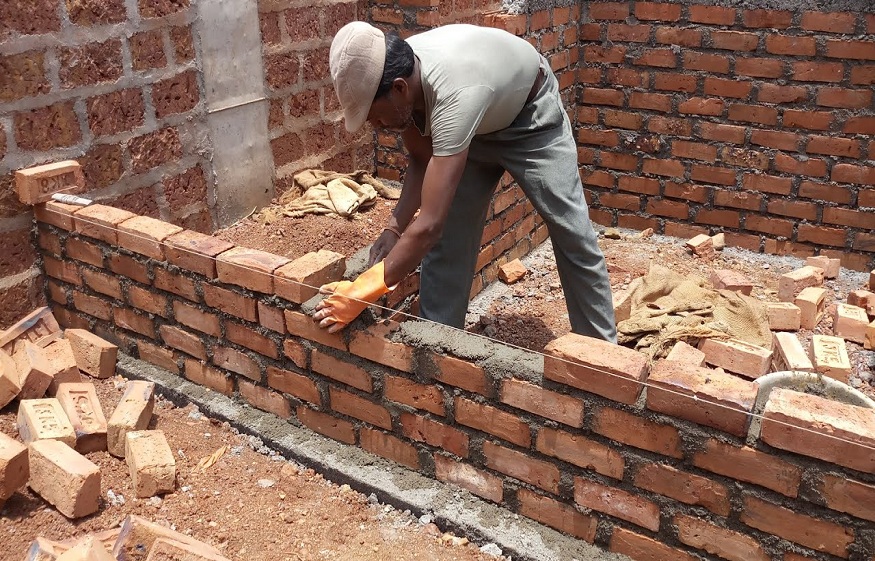Introduction
According to Mark Roemer Oakland, while retaining walls are very aesthetic, they are usually constructed for very functional purposes. Retaining walls can support each other, or the ground and the earth over which they sit. Let’s check out the golden rules of retaining wall construction.

The Rules
1. Check the soil –
before you even think about the construction materials, you need to check the soil and figure out its load-bearing capacity. You need to get the soil examined and figure out how dense it is. The thrust of the soil depends on that factor. If it’s possible, reading the angle of friction of the ground would also help immensely to figure out the stability of the retaining wall. So, get a geotechnical study of the soil to avoid expensive future damage and repairs.
2. Get it designed by professionals –
Instead of designing it by yourself or taking advice from an internet forum, get professionals to design the retaining wall. They can accurately size the structure while accounting for and eliminating the risks of slipping and overloads. Professionals can estimate the pressure exerted by different types of retaining walls on the ground and provide you with an optimal roadmap for construction.
3. Focus on the foundation –
The foundation is very important for any type of construction project. You need to be especially careful with the footings of the foundation. If the footing isn’t correctly balanced the right way, it can cause a lot of damage to the retaining wall. Moreover, the foundation is always exposed to bad weather. That’s why you need to bury the footings sufficiently and keep them from freezing.
4. Quality of materials –
While making the footing, the choice of materials is vital for the performance of the retaining wall. For instance, breeze blocks can’t compare to reinforced concrete. Even if you choose to use breeze blocks, you’ll need to get the panels squared with reinforced concrete while chaining them vertically or horizontally. Irrespective of the materials you choose, make sure that they are made correctly with the right dosage of concrete and the right amount of reinforcement.
5. Efficient drainage –
Drainage also needs to be considered while building a retaining wall. If the water isn’t able to drain properly and stagnates behind the wall, there’s additional pressure. Over a long period, this excess pressure leads to cracks. You have several options for draining the water during torrential rains. From barbicans to cinder blocks mounted behind the wall.
6. Waterproofing –
Your retaining wall would use a lot of reinforced concrete and that means you have to account for all that steel. That’s why you need to create a proper sealing layer at the back that’s in contact with the ground and water. You don’t want the reinforcement to corrode over time and weaken the wall.
Conclusion
Mark Roemer Oakland suggests that you use the above-mentioned tips and stick to the golden rules of retaining wall construction while you build one for your property. If you don’t expect these rules, your retaining wall would collapse from any sign of instability or excess pressure from the terrain.










Leave a Reply
You must be logged in to post a comment.